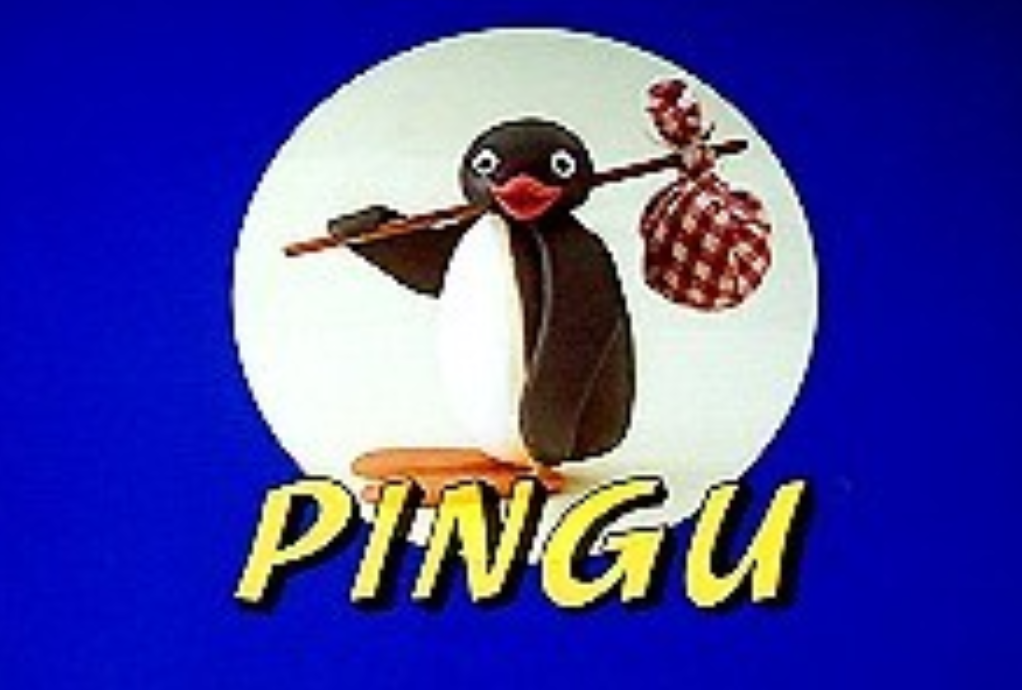Since its debut in 1990, Pingu has become a cherished stop-motion animated television series that has captured the hearts of audiences worldwide. Created by Swiss animator Otmar Gutmann, the series follows the adventures of Pingu, a mischievous young penguin living in the South Pole.
With its endearing characters, humorous storytelling, and universal appeal, Pingu continues to be loved by generations of fans, transcending linguistic and cultural barriers.
Origins and Development
The concept of Pingu was conceived by Otmar Gutmann, who wanted to create a children’s series that could be understood universally, without the need for complex dialogue.
The idea was to tell simple, relatable stories through non-verbal communication, using a fictional language—”Penguinese”—to convey the emotions and interactions of the characters. This innovation allowed the series to be easily accessible to audiences of all ages and backgrounds.
The show was produced by Trickfilmstudio Otmar Gutmann, which later became Pingu Filmstudio and Pingu Studio, and ran from 1990 to 2000. Following the original production, HiT Entertainment and Hot Animation took over the production from 2002 to 2006.
Throughout these years, the series maintained its signature style of storytelling, featuring Pingu’s humorous escapades in the cold, snowy world of the South Pole.
Plot and Characters
At the center of Pingu is the title character, a curious and adventurous young penguin who lives with his family in a small, icy village. Each episode follows Pingu as he navigates the challenges and joys of everyday life. His mischievous nature often leads to humorous situations, which he must work through with the help of his family and friends.
Pingu’s family includes his loving father, a fisherman who often plays the role of a disciplinarian, his nurturing mother, and his baby sister, Pinga.
These characters add depth to Pingu’s world, offering a sense of warmth and support as he faces various predicaments. Pinga, in particular, often adds to the comedy with her playful antics, creating both moments of tension and tenderness.
The show’s supporting characters, such as Pingu’s friends and neighbors, contribute to the community aspect of the series, creating a sense of togetherness in Pingu’s world. From his fellow penguin pals to the grumpy walrus, each character brings something unique to the story.
What makes Pingu stand out is the use of “Penguinese,” a made-up language filled with funny noises, grunts, and gestures that perfectly capture the emotions of the characters. This language is the key to Pingu‘s universal appeal, as it allows the show to transcend language barriers.
The emphasis on non-verbal communication through exaggerated facial expressions, body language, and situational humor ensures that the show is easily understood by viewers of all ages and backgrounds.
Cultural Impact and Popularity
Since its debut, Pingu has grown in popularity, becoming a cultural staple not only for children but also for adults who appreciate its timeless humor. The show’s unique approach to storytelling, with its focus on visual comedy and universal themes like family relationships, problem-solving, and personal growth, has made it beloved across the globe.
The series has been broadcast in numerous countries and translated into several languages, making it a true international phenomenon. The universal appeal of Pingu lies in its simplicity—its relatable situations and the charm of its characters have created a lasting connection with viewers.
Its ability to convey complex emotions without words, relying on the expressive qualities of its animation, has earned it a special place in the hearts of many.
Recent Developments and Future Prospects
Although Pingu officially ended in 2000, the penguin has not faded from public consciousness. In October 2024, it was announced that Mattel, which acquired the rights to Pingu in 2011, is collaborating with Aardman Animations—the studio behind Wallace & Gromit and Chicken Run—to bring the character back for a new series.
This partnership aims to introduce Pingu to a new generation, combining Aardman’s expertise in stop-motion animation with Mattel’s storytelling vision.
The upcoming series will be a 3D stop-motion animated show, incorporating modern animation techniques while maintaining the heart and charm of the original. This fresh take on the series is expected to reach a new generation of fans, while also appealing to those who grew up watching the classic Pingu episodes.
Availability and Streaming
For fans of the original series, Pingu is still accessible through various streaming platforms. The complete series, spanning six seasons, is available on platforms like Archive.org, where fans can revisit Pingu’s many adventures in the South Pole.
The show’s availability ensures that its legacy continues to thrive, offering new generations the chance to experience the timeless charm of Pingu.
Legacy in Merchandise and Pop Culture
Beyond its television success, Pingu has left a significant mark on pop culture through its extensive merchandise and presence in various media. From plush toys and books to puzzles and games, the Pingu brand has expanded far beyond the screen, becoming a beloved part of children’s collections worldwide.
Its simple yet iconic design has made Pingu one of the most recognizable animated characters in pop culture, with his wide-eyed, innocent face and signature waddle. The merchandise continues to be popular, even decades after the original series aired, further solidifying Pingu’s status as a timeless and enduring figure in children’s entertainment.
This connection to fans, both through the show and its merchandise, has kept Pingu in the public eye, ensuring its legacy endures for future generations.
Wrapping Up
Pingu remains a classic in the world of children’s television, celebrated for its imaginative storytelling, relatable characters, and universal themes. The series’ ability to connect with audiences through non-verbal communication and humor has made it a cultural icon.
As Pingu prepares for a new chapter with Aardman Animations and Mattel, the legacy of this mischievous penguin will continue to delight both old fans and new ones, ensuring that Pingu’s adventures remain a cherished part of children’s entertainment for years to come.
FAQs
Q: What is “Pingu”?
A: “Pingu” is a Swiss-British stop-motion children’s television series that debuted in 1990. Created by Otmar Gutmann and Erika Brueggemann, the show follows the adventures of Pingu, a mischievous young penguin living in the South Pole. The series is renowned for its unique “Penguinese” language, a nonsensical gibberish that transcends linguistic barriers, allowing audiences worldwide to enjoy the humor and charm of the characters.
Q: Where can I watch “Pingu”?
A: “Pingu” is available for streaming on various platforms, including YouTube, where episodes are uploaded by the official Pingu channel. Additionally, the series can be found on other streaming services, depending on your region. For instance, in the United States, “Pingu” is available on platforms like JustWatch.
Q: Is “Pingu” suitable for children?
A: Yes, “Pingu” is designed for children and is suitable for all ages. The show features gentle humor, simple storylines, and endearing characters, making it an excellent choice for young viewers. Its universal appeal lies in its ability to convey emotions and narratives without the need for dialogue, relying instead on expressive animation and music.
Q: Has “Pingu” been rebooted or revived?
A: Yes, “Pingu” is set to be revived 34 years after its initial debut in 1990. Aardman Animations, known for “Wallace and Gromit” and “Chicken Run,” will collaborate with Mattel to produce new episodes of “Pingu.” This decision follows a surge in Pingu’s popularity on social media. The new stop-motion series aims to build on Pingu’s universal charm and humor, which transcends language barriers.
Q: What is the significance of “Pingu” in children’s television?
A: “Pingu” holds a special place in children’s television due to its innovative use of stop-motion animation and its unique approach to storytelling through “Penguinese.” The series has been praised for its ability to convey complex emotions and situations without the use of words, making it accessible to a global audience. Its enduring popularity and cultural impact are evident, as it continues to be enjoyed by new generations of viewers.
Q: Are there any merchandise or spin-offs related to “Pingu”?
A: Yes, “Pingu” has inspired various merchandise, including toys, books, and clothing. Additionally, the character has appeared in video games and has been featured in special episodes and collaborations with other media franchises. The show’s enduring popularity has led to a range of products that allow fans to engage with the beloved penguin in different ways.
To read more, click here.



